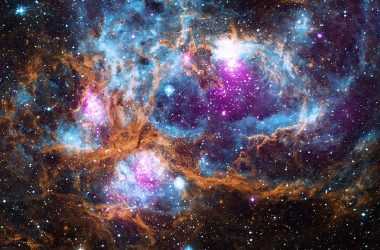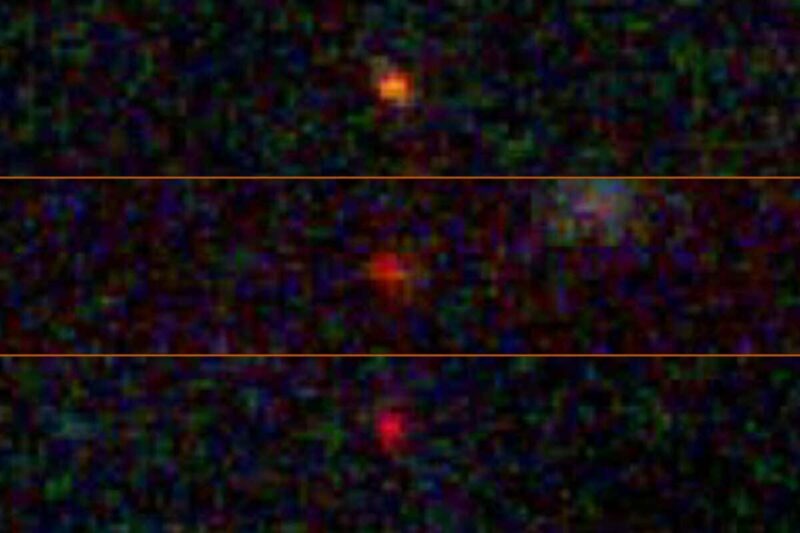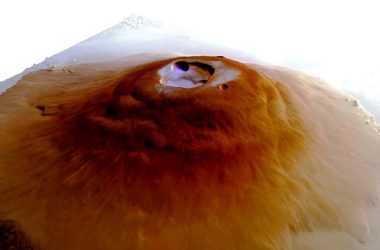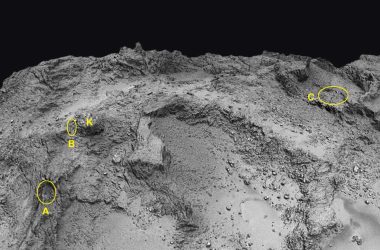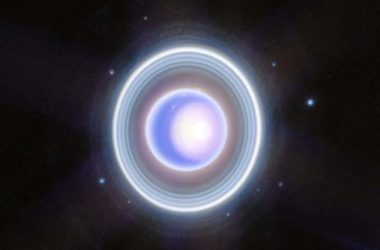The James Webb Space Telescope (JWST) may have discovered unusual stars that are powered by dark matter instead of nuclear fusion. If these stars truly exist, they could potentially solve three significant cosmic mysteries all at once.
Ordinary stars are formed when a cloud of dust and gas becomes extremely massive, leading to its collapse. The high pressure and temperature in the center of the collapsing cloud initiate nuclear fusion, causing atoms to collide and merge, resulting in the formation of heavier elements. In contrast, dark stars would not rely on fusion at all. In the early universe, they might have formed from clouds enriched with dark matter. When certain types of dark matter particles collide, they are expected to annihilate each other, releasing a burst of energy that could fuel a supermassive star.
Katherine Freese, a researcher at the University of Texas at Austin, describes these dark stars as peculiar in terms of their size and structure. They have a radius of around 10 astronomical units (AU), making them exceptionally large, and they lack a core. These stars are relatively cool throughout, allowing for continuous accretion, meaning they can grow to immense sizes, potentially reaching millions or billions of solar masses.
Freese and her colleagues analyzed data from the JWST and identified three objects initially classified as galaxies that may actually be supermassive dark stars. This is significant because the JWST has discovered more distant galaxies than anticipated, posing a challenge to our current understanding of cosmology. If some of these galaxies turn out to be dark stars, it could resolve this discrepancy.
Freese notes that the current spectra data is insufficient for conclusive identification. To gain more information, it would require observing one of these objects with the JWST for an entire year, which is unlikely to happen. Another method would involve detecting a magnified light from a dark star through gravitational lensing.
If these objects are indeed dark stars, it would represent a major advancement in our comprehension of dark matter. Pearl Sandick, a researcher at the University of Utah, emphasizes that despite years of experiments and observations, no definitive evidence of the non-gravitational nature of dark matter has been observed. Observing a dark star would confirm the existence of forces other than gravity acting on dark matter. Additionally, it would provide insights into the formation of the first stars in the universe, deviating from the standard narrative.
Dark stars that drift away from their initial formation area would deplete their dark matter fuel and subsequently collapse into black holes. However, due to their ability to grow much larger than regular stars, these resulting black holes would be exceptionally massive. This could potentially answer the longstanding question of how supermassive black holes form in the early universe.



